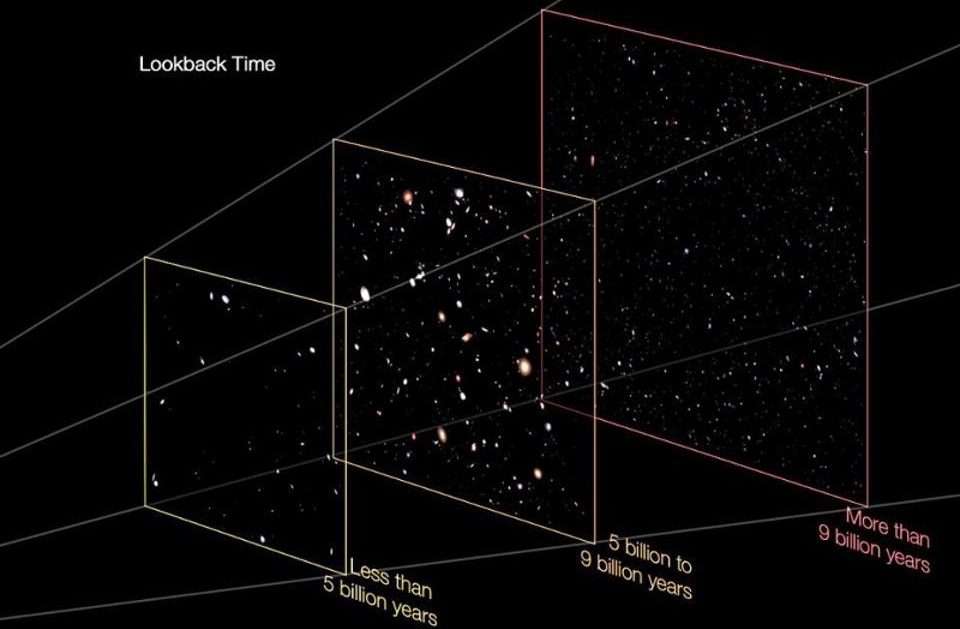Khakpour says she’s never known a time outside of crisis.
Question: Why is crisis so central your novel?
Khakpour: Crisis is sort of inherent in the novel from almost the first page. You know sort of the . . . the . . . the _________ minor crisis of family life, you know. In the beginning the son probably for the first time realized that he and his father don’t think eye-to-eye when his father goes on this eccentric crusade to rescue all the blue jays in their apartment complex by putting bell collars on all the cats. And he gets out of control and begins kidnapping all the neighbors’ cats at one point. And the son has a lot of anxiety and fear, and part of it is because they are somewhat recent immigrants. I was interested in the sort of minor crises. And then those juxtaposed against the sort of brilliant crises. And by brilliant I mean the sort of, you know, stunning and horrifying crises of our lifetime. And 9/11 was a major one. It was a personal one for me. It was less a political choice, but a personal choice because I was there. I was a resident of lower Manhattan. You know I had to witness the thing outside my own window. It was a perfect view. So for me it seemed . . . You know a lot of people say the first novel is generally the most autobiographical. It often ends up being by default somehow. But I did find, as I was writing it, the feeling that I wanted to get in all the traumas of my life into 400-something pages. I had to throw some out of course, but there were . . . There was . . . The shadow of the Islamic revolution was a major one. And then that put against 9/11; and the feeling that 9/11 to someone who is Iranian doesn’t necessarily mean much ethnically or culturally; but it does mean that all the things that you left your country for, you know . . . Most Iranians came here to get away from an unstable government, and the sort of explosive nature, or the explosive clashes of religion. And then to have it happen again once you’re here times a thousand . . . times you know . . . it was a very difficult experience. I kept thinking . . . In some early journal entries, I remember writing I always thought I could finally escape my, you know, ethnic identity. And here’s the Middle East . . . And now the Middle East has come to me. My family tried to get us out of that, and here it was outside my own window about a quarter of a mile away. So you know those sort of global crises become opportunities for us to sort of reflect on all . . . you know our whole lives. And so I was forced to do a lot of examining of my entire life after that point. You know going through a lot of different . . . going through lots of the bad imagery of my life in order to come to certain conclusions about that sort of catastrophe.
I don’t think I’ve ever known a time outside of crisis. I think it just happens to be when I was born and, you know . . . You know 1978 I was born. And then you know within a year you had the Iran hostage crisis. And then you had the advent of the Iran-Iraq war by 1980. And even though I wasn’t personally, you know, involved in some way in those, they were . . . they were very much present in my household – talk of them and on the news. There was no escaping it. So I’ve always felt like the atmosphere of catastrophe has just been around me. And I even remember feeling, you know, a day or two after 9/11 that that was coming all along – you know that was definitely gonna happen. Because my whole childhood I’d had all these sort of chaos dreams that had to do with cities just erupting. And they were so abstract. All I just remember was people being covered in rubble running through the streets. And then when I . . . When I think about the images we saw on TV that day, you know and we can continue to see, it’s sort of perfect mirror images. So in a sense I think . . . You know the ‘90s I suppose were a little bit of a break for a lot of us, you know? But why were they a break? Because we weren’t listening to the news or something? Because we weren’t really taking the time to understand what was going on in Bosnia, for instance? But I do remember I had that . . . I felt like “Okay . . .” In the ‘90s I had a little bit of a break. My biggest worry was probably would I make six figures a year when I got out of college like everyone else was, you know. And then you know I graduated in 2000, and 9/11 happened in 2001. So for much of my . . . In much of memory, there’s been a lot of bad, bad imagery that’s been hard to run away with. And because of the type of family I come from, we’ve always been obsessed with news and politics, that I never have felt that I was distanced from it in any way. I always kept my earthquake preparation kit handy. I, you know, had that on the day of 9/11. We were one of the first cars that got out of the city because of me somehow feeling like emergency mode was familiar. It’s Strange.





